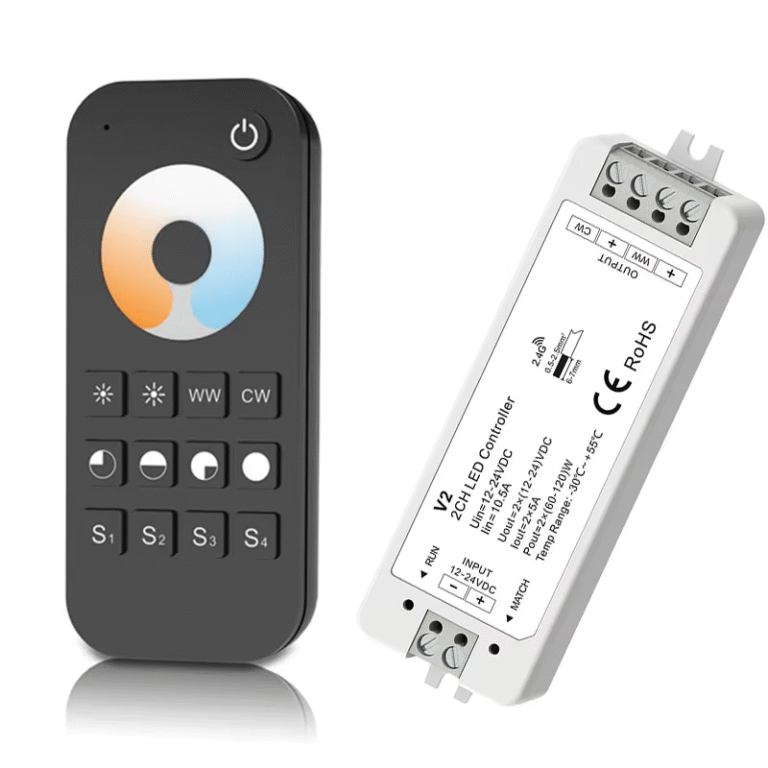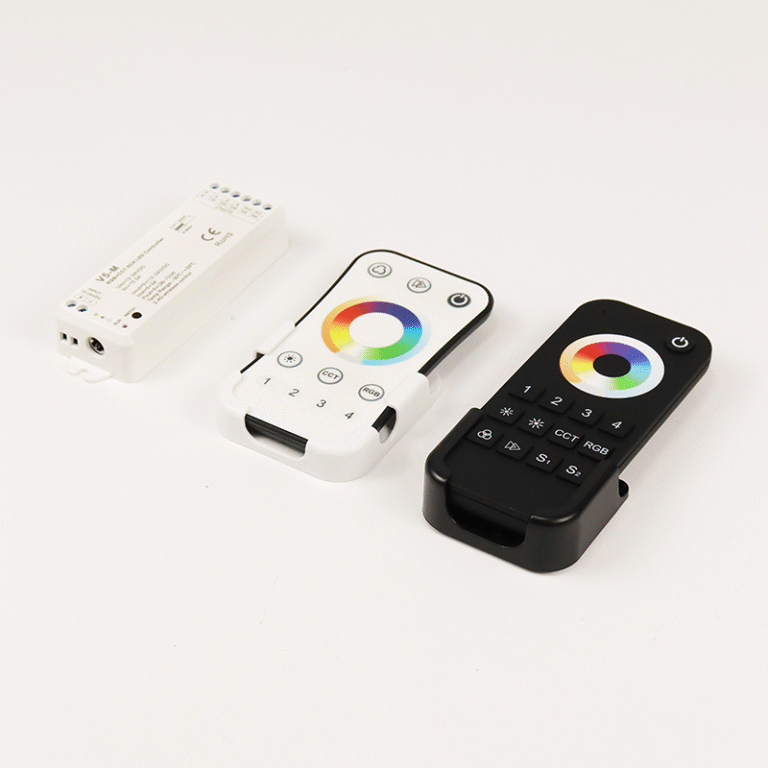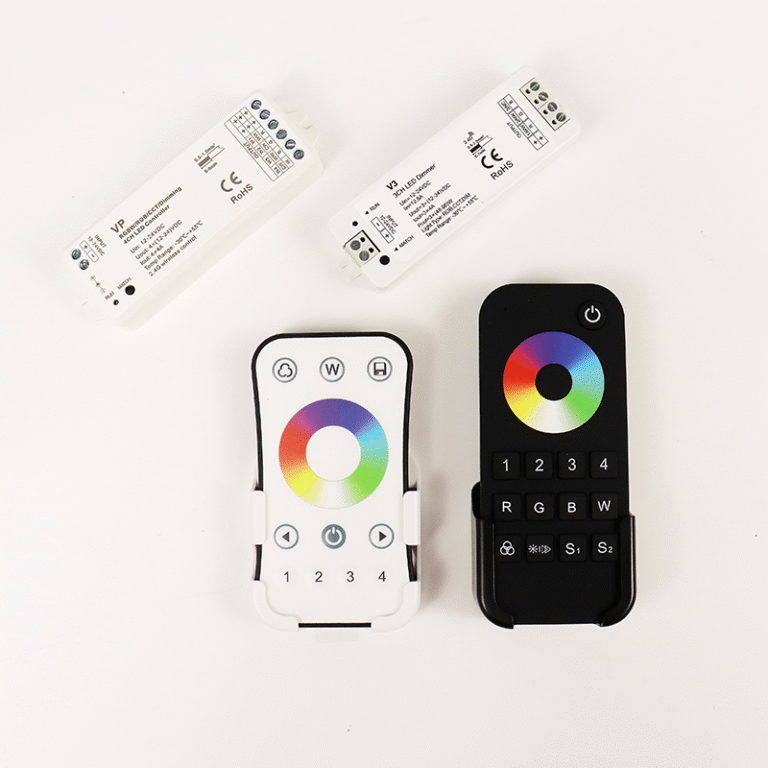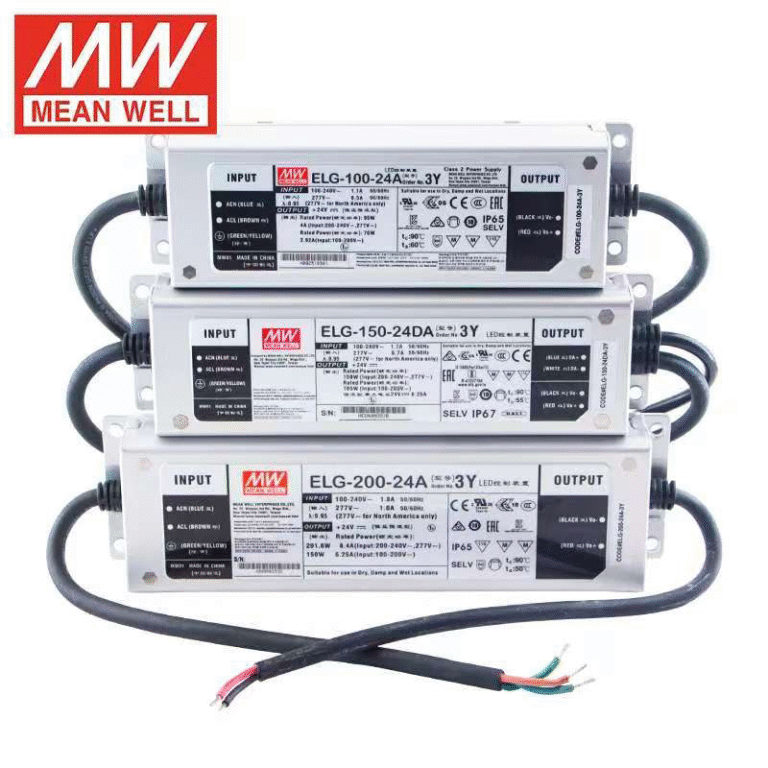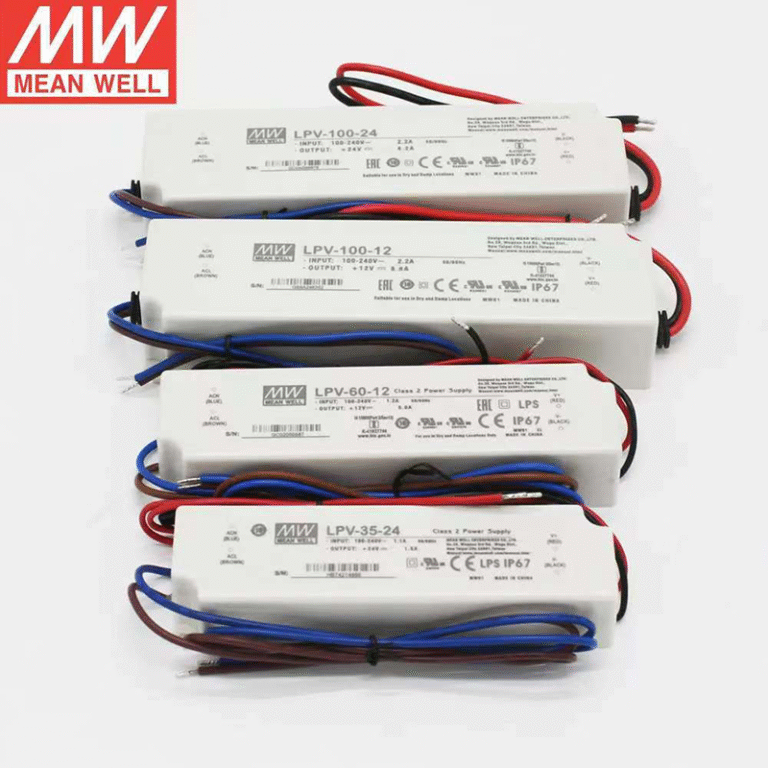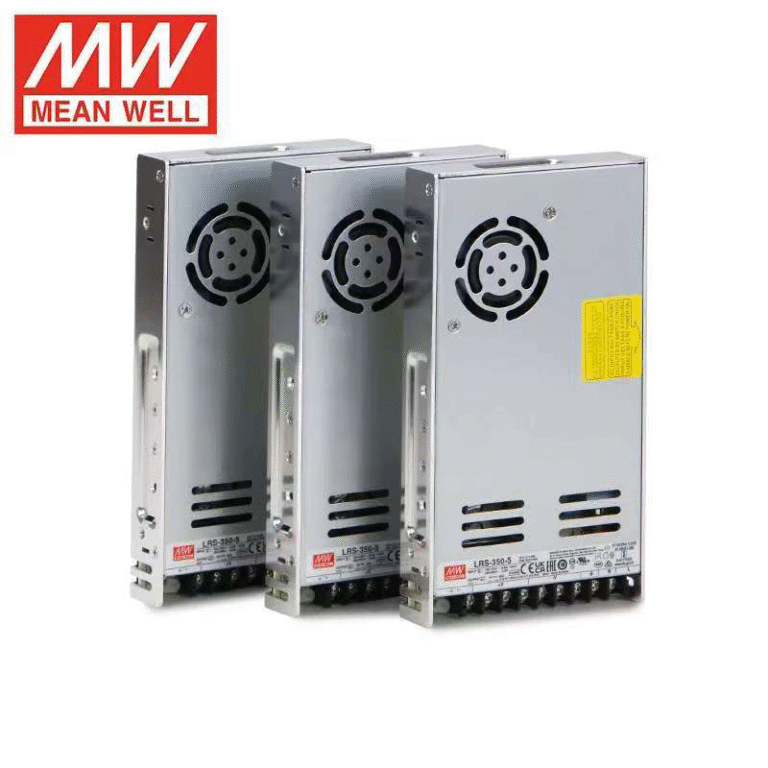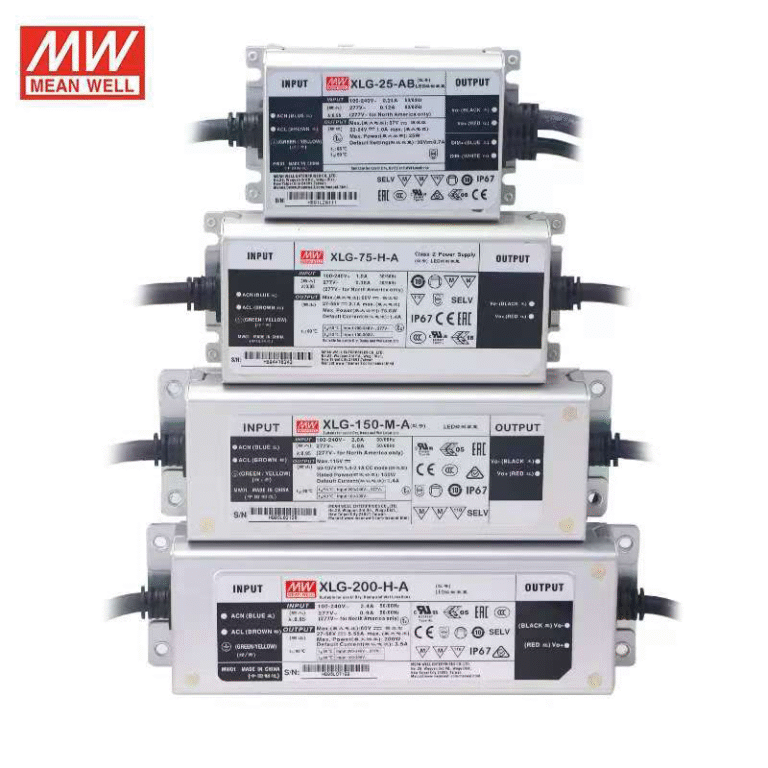Silicon Tube Series
- 5-year warranty
- Flexible and Bendable
- Easy to Cut and Install
- Heat & Aging Resistant
- High Waterproof Rating
- Uniform Lighting Output
- Various Options Available
- Safe Low-Voltage Operation
Silicon Tube Series Index
What is Silicon tube?
LED silicone tube is a flexible silicone casing used to encase LED light strips, widely applied in the production and installation of LED neon lights. It offers excellent flexibility and high-level protection, providing waterproofing and dust resistance up to IP65/IP67/IP68 standards. The material is resistant to extreme temperatures, UV radiation, and yellowing, significantly extending the lifespan of the LED strip. Its optical diffusion capability helps eliminate visible LED dots, delivering a soft and uniform linear light output—ideal for applications requiring dot-free illumination. LED silicon tubes come in various light-emitting surface designs, including top-emitting, side-emitting, and 360-degree-emitting types, meeting diverse creative lighting needs. They are extensively used in architectural outlines, signage lighting, indoor linear decoration, commercial lighting, and outdoor landscape projects, making them an ideal solution for high-quality linear lighting applications.
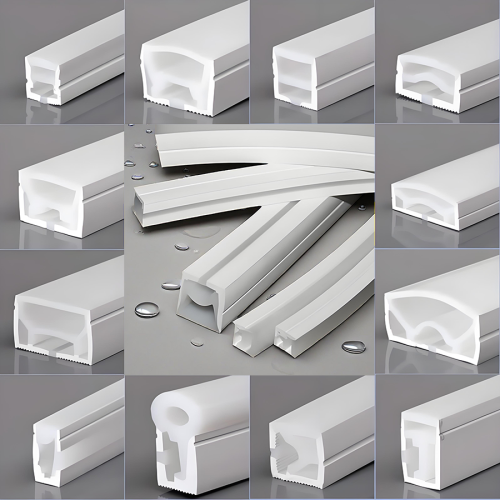
Produce
1. Raw material preparation
Purchase LED chips (high brightness chips), FPCB flexible boards, silicone rubber materials, conductive wires, connector accessories, etc. Inspect the quality of incoming materials to ensure that all components meet performance standards (such as brightness, voltage, fire rating, etc.).
2. Surface mount technology (SMT)
Attach LED chips and electronic components onto the FPCB flexible circuit board. Use reflow soldering technology to solder components to ensure reliable electrical connections.
3. Welding and Testing
Weld the wire (power cord) onto the FPCB. Preliminary lighting test to check for solder leaks and dead lights in the lamp beads.
4. Encapsulation/ Extrusion coating
Using a Silicon tube silicone extrusion molding process, the entire FPCB is wrapped in silicone. Simultaneously complete the shaping and curing of the light strip, ensuring its flexibility, weather resistance, and uniformity of light.
5. Cutting and welding the tail
Cut according to customer requirements and weld the tail seal or joint.
6. Waterproof treatment
Waterproof sealing treatment shall be applied to the joint and tail of the light strip. Some models support IP67~IP68 waterproof rating and require special pressure testing.
7. Aging test
Turn on the light strip for long-term aging (usually 4-8 hours) to test its stability and heat dissipation performance.
8. Quality Inspection and Packaging
Comprehensive quality inspection (appearance, brightness, voltage, current, waterproof performance, etc.). After passing the inspection, proceed with packaging steps such as winding, labeling, bagging, and sealing.
Application scenarios
The LED Silicon Tube is widely used in various indoor and outdoor decoration and lighting scenarios due to its excellent flexibility, superior waterproof performance, and uniform, soft light output. In architectural contour lighting, it perfectly outlines building lines, enhancing nighttime visual effects and is ideal for shopping malls, office buildings, hotels, and public spaces. In urban landscape lighting, it is commonly applied to bridges, squares, gardens, and other public facilities to create vibrant and colorful night scenes. In advertising signs and neon light production, its variety of colors and flexible shapes help brands achieve personalized displays. Additionally, the LED Silicon Tube is suitable for home decoration, stage lighting, and automotive modifications, adding a modern and technological feel to environments while meeting diverse lighting effect needs across different settings.
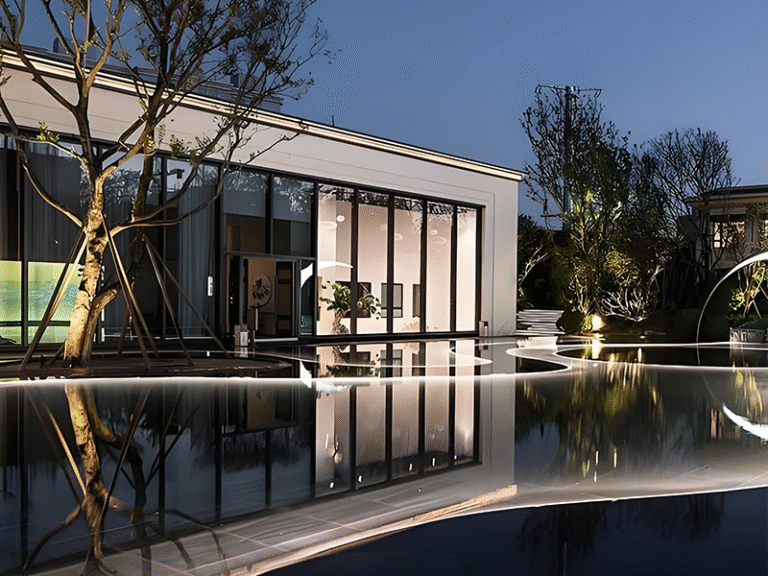
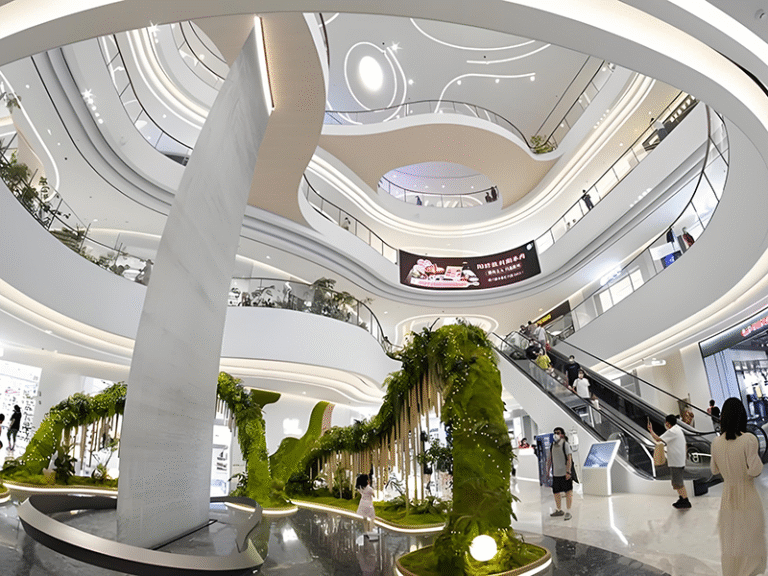
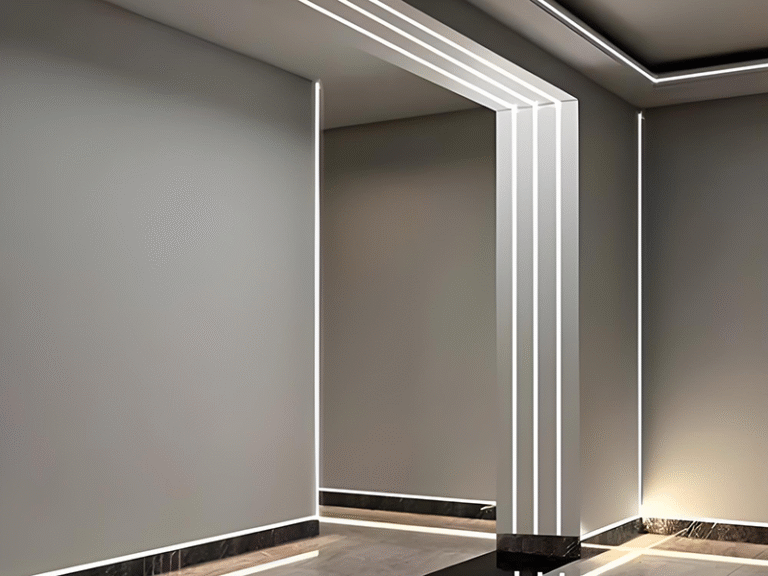
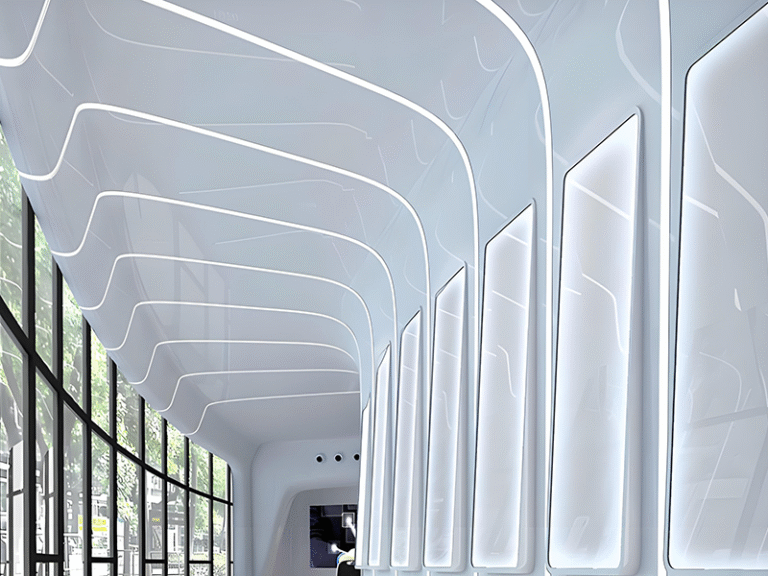

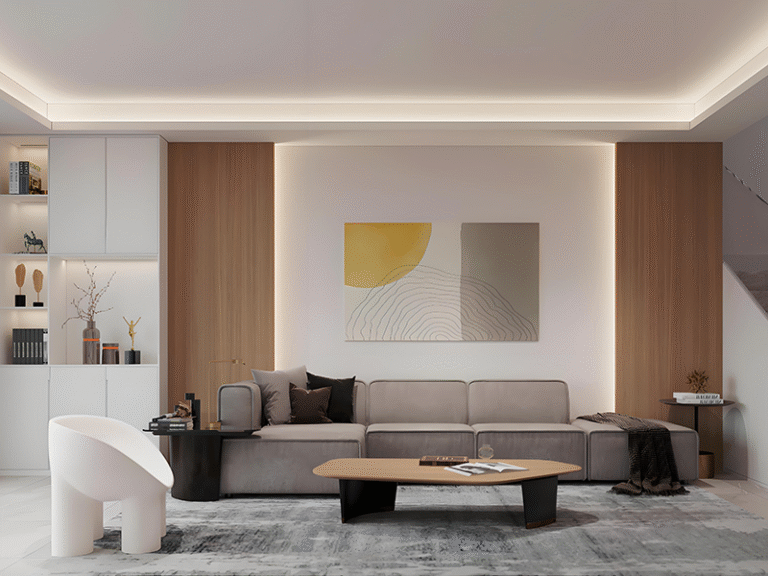
Calssfication and Product specification
LED Silicone Tubes are mainly categorized into three types based on structure and light-emitting direction: Top Bend, Side Bend, and 360° full-emitting. Top Bend is designed for vertical bending, ideal for architectural outlines and signage lighting. Side Bend allows horizontal bending, suitable for complex curve designs. 360° full-emitting provides all-around illumination, perfect for decorative and creative lighting applications. These types support various color options like single color, RGB, RGBW, and come in multiple voltage specifications to meet diverse installation needs.
Silicon tube product video
The LED Silicones Tubes strip light features a flexible silicone housing that offers excellent waterproof, dustproof, and weather-resistant performance, making it ideal for both indoor and outdoor lighting and decoration applications. With a compact structure and uniform light output, it delivers smooth illumination without dark spots. Its high flexibility allows for easy bending and shaping to fit various design needs. Available in multiple color options such as single color, dual color, RGB, and RGBW, the strip is compatible with various control systems including PWM, DMX, and SPI, enabling both static and dynamic lighting effects. It supports multiple installation methods like clips, aluminum channels, or adhesive mounting. Widely used in architectural outlines, commercial signage, window displays, and landscape lighting, the LED Silicon Tube strip provides a high-quality, visually appealing, and versatile lighting solution.
Certificate
To ensure the best user experience and the safety and quality of our silicon tube, we do our utmost to make every production step in good control and inspection. We are now hold the certificate for different market, such as UL, CUL, CE, UKCA, C-TICK, ect..













Power Supply & LED Controller
LED Silicon Tube light strips typically require a DC power supply and compatible controller. The standard operating voltages are 12V or 24V, and the power supply should be selected based on the strip’s length and wattage. Single-color strips only need a constant voltage power supply, while RGB, RGBW, or addressable versions require dedicated controllers—such as RF remote controllers, WiFi/APP controllers, DMX512 controllers, or SPI addressable controllers—to achieve dynamic lighting effects. The controller must match the LED chip type, channel configuration, and desired functions to ensure smooth and stable performance.
